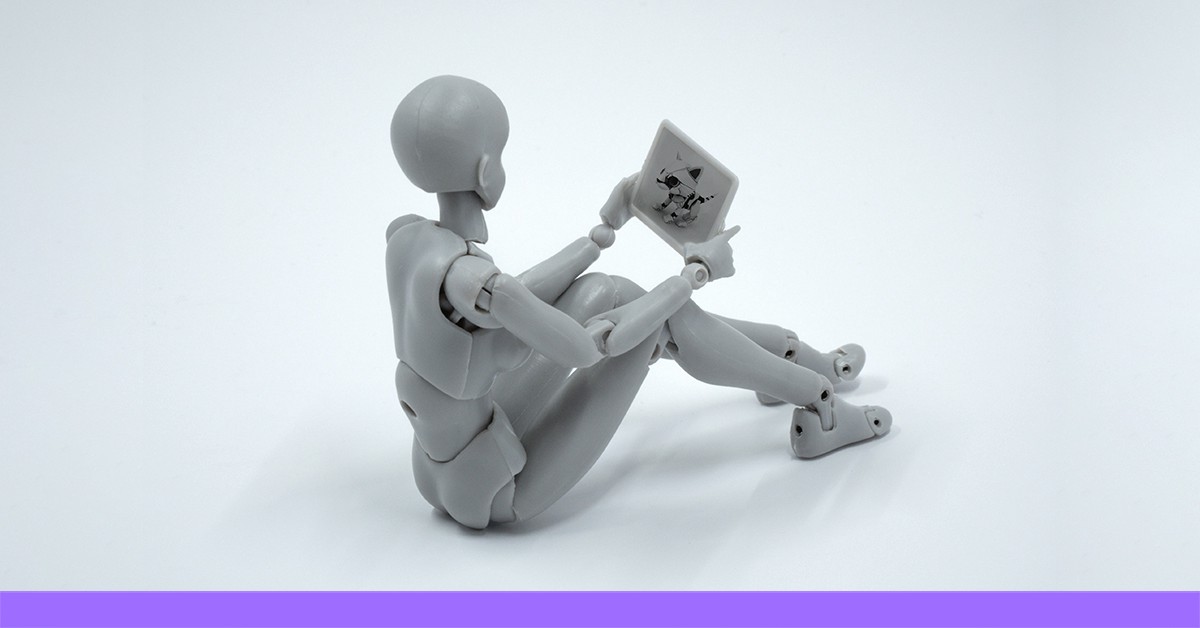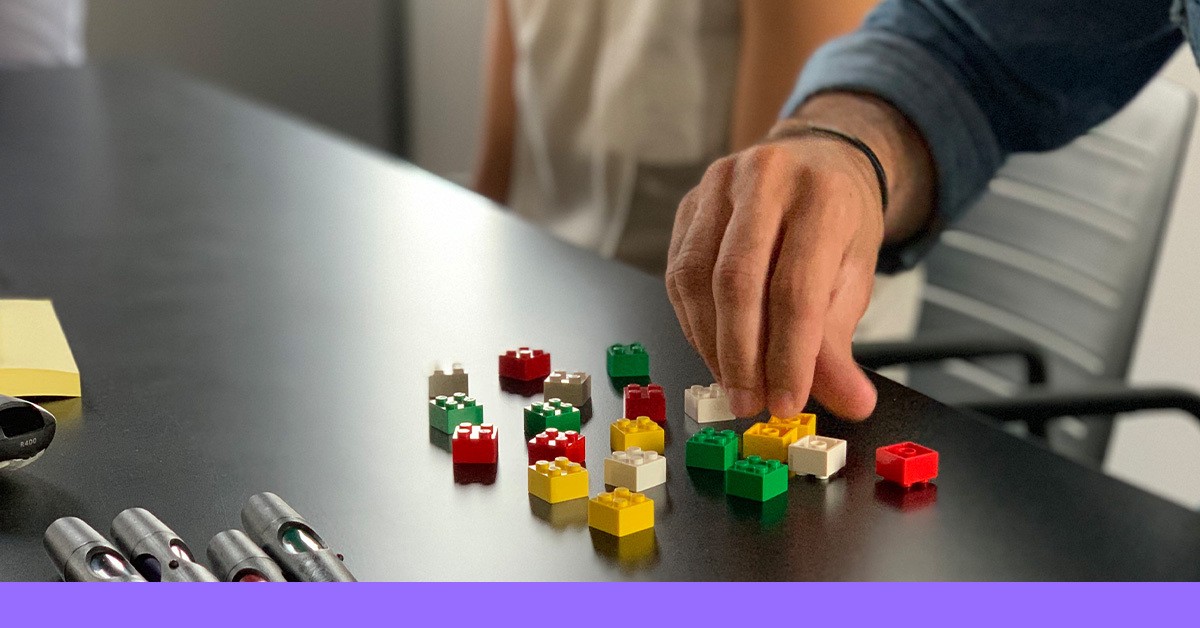Good corporate UX pays off, so why not take advantage of it?

User research is crucial for designing a good user experience, yet it comes with costs. In the case of websites and apps for internal corporate users, it's possible to conduct research while significantly cutting effort and costs. It's worth it.
User research is an investment
To achieve a good user experience, one must not take the user for granted: excellence stems from continuous customer research. We employ interviews, field studies, usability tests, and other methods to uncover habits, needs, and challenges. Companies most committed to UX base their success on research, not on some telepathic ability to read the minds of their clients.
Thus, user research is the cornerstone of good UX, but it doesn't always receive the attention and resources it deserves. One common reason companies and managers consider sidelining it is the belief that it costs too much. The most relevant costs of user research include:
- Participant Recruitment: This involves identifying a user sample that statistically represents the target audience. This aspect includes both the sampling itself, with activities such as screening through specific questionnaires and logistics (maintaining lists, managing appointments, etc.). These tasks are often outsourced to specialized agencies.
- Incentives: Participants are usually offered compensation proportional to the required effort (such as an online shopping voucher).
- Time cost: A typical qualitative research requires 10–40 participants. For interviews and usability tests, a researcher can meet a maximum of 6–7 participants per day, while field research might involve a researcher spending several days with the same user.
- Premises and Equipment: Specialized labs with equipment for capturing and recording user interactions may be needed, e.g. in usability tests with mobile apps.
As UX consultants, we know these expenses are well justified: consider the eventual cost of launching a product without first verifying that customers actually want to use it. However, we also know that many stakeholders are reluctant to approve research activities, not seeing their immediate benefits.
However, there is one context where the excuse of 'cost' does not hold up, where research should undoubtedly be pursued for its cost-effectiveness: applications designed for internal users and business partners.
Corporate user research is good for you

We're referring to apps and websites intended for employees, affiliates, commercial and technical networks, sales persons, dealers. In these contexts, research activities can be conducted at a fraction of the costs typically incurred for B2C research.
Even so, the commissioning company might object: "we already know everything about these users". After all, they are colleagues, collaborators, business partners. Yet, there's often a disconnection between those who design or commission the software and those who must use it on the job.
Organizational complexity
As organizations expand, the specialization within departments and functions intensifies. Often there are many parties involved in a project, and each sees a separate part of the business process, without many opportunities for sharing knowledge and information. Things are further complicated in the case of multinational organizations.
Knowledge fragmentation
As a direct consequence of the previous point, knowledge of business processes and objectives is highly compartmentalised. Departments and functions are immersed in their own know-how, in their own daily tasks, and have little insight into those of other groups in the organisation.
Outsourcing
Certain business processes may be outsourced to external companies and professionals, exclusively or otherwise. People working for these entities will have different directives, processes and day-to-day objectives from those of the client company. However, outsourced processes can be crucial to the client's objectives: from installation to technical support, from customer service to logistics...
These scenarios, common to companies, create a more or less pronounced distance between those who commission and design the tools and those who actually have to use them, with potential negative chain reactions.
AND EMILI specializes in the development and strategic consulting for digital channels.
Skipping user research costs you more

The challenges we face by not conducting user research in the corporate sphere are numerous and interconnected.
Increased time on task
Employees and partners will take longer to complete the tasks for which we designed our website or app; they will have to correct errors, consult manuals and ask for help from colleagues or internal support.
Higher management costs
The handling and correction of missing or incorrect data, the manual handling of processes and telephone support require time and resources that could be diverted to other purposes.
Damaged reputation with clients
When business users also act as our company's interface with the end customer (e.g. a dealer or an installer), we risk that dissatisfaction with our application is perceived on the outside as dissatisfaction with the company.
Missed business opportunities
If the process we require makes the proposal of our products and services more challenging, we may lose upselling opportunities or even lose sales to competitors in the case of non-exclusive commercial agreements.
An example: B2B installer network
Let's assume our company manufactures hot beverage equipment for restaurants and hotels and relies on an external network of installers. We ask technicians in this network to follow operational instructions and provide us with data and documentation related to their interventions: for these purposes, we want to equip them with a smartphone application.
However, before doing so, we need to research information about the installers and the context in which they will use our app: for example, how many jobs they perform in a day, how much time they have, whether they use other apps for managing jobs, whether they have to collect data for other companies, what common difficulties they encounter, what smartphones they use... By answering these questions, we can create an app that fits in with the technician's daily workflow without imposing too much effort (in terms of learning or time).
Otherwise, we may find ourselves in a situation where the technician does not understand our application, or finds data entry or form filling problematic: we then end up with partial data and paperwork that needs to be supplemented or corrected later, frequent calls for support, and potential negative repercussions on the end customer (products not registered correctly, unscheduled maintenance...).
The advantages of corporate research
Why does research on corporate users cost less? What aspects can we save on? I list some of them below.
Recruitment is informal and free
It is possible to engage users without a formal recruitment process, simply by asking for their availability within the company premises (and sometimes it only takes 15 minutes).
Sampling can be avoided
In consumer research, a statistical sampling effort is required to identify users with certain attributes representative of the target audience. In companies, it is often sufficient to recruit any user from the target group: for example, if we target our dealer network, any of them would be a recruitable user. If we need to segment (e.g. only dealers since less than 6 months), we almost always already have the necessary data to do so.
No need for compensation
Users are motivated to participate because the survey gives them more effective tools for their work. From my experiences, I have learnt that people are happy to express their opinions in these cases: this also influences their motivation. When we launch the application in the company, we can advertise that real users collaborated on the design, which is a good promotional strategy among colleagues and partners.
Users may also be stakeholders
In a corporate environment, it is often the case that users are also organisational and decision-making stakeholders, and thus can be interviewed in both respects. As such, they may also be involved in workshops for the conception and co-design of the product they will use.
Field studies
We can interact with users in their real working environment, in the optimal context to understand their habits, goals and challenges. Instead of organising tests and interviews in the laboratory, we can organise a meeting with people directly in their company premises or where they carry out their job.
The user next door

The benefits of user research in the business environment were illustrated by Kazden Cattapan, product designer at Shopify, a leading e-commerce platform:
The best part about designing an internal product is the lack of distance to the people you’re designing for.
Cattapan shares his experience in designing a platform that allows Shopify employees to monitor inventories and manage shipments for individual e-commerce sites: the most significant benefits came from observing internal users on a daily basis, listening to their problems and understanding their workflow.
This contrasts sharply with what still happens all too often in companies: business applications are designed by an internal, typically technical department based on the department's own logic and processes, and are subsequently extended to other groups with different logic and objectives. The user experience suffers, and it is not just a matter of pleasure: an incomprehensible, unnecessarily complex or cumbersome working tool leads to loss of concentration, demotivation and decreased productivity.
All it takes to make a difference is to step out of the office, meet a colleague during a meeting or lunch break, talk to a sales person at a company event.
Thank you for reading this far! If you're interested in developing applications for internal users, for commercial networks and dealers, you can talk to us.
AND EMILI specializes in development and strategic consulting for digital channels.
This page has been translated using automated translation tools and artificial intelligence technologies. We strive to ensure that the content is accessible in multiple languages, but please be aware that the translation may not be perfect. If you have any doubts or need clarifications, please feel free to contact us.


